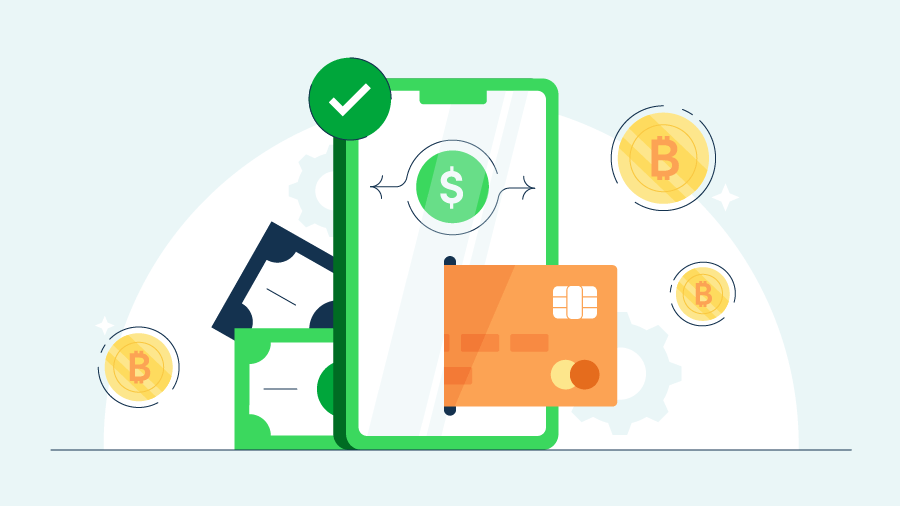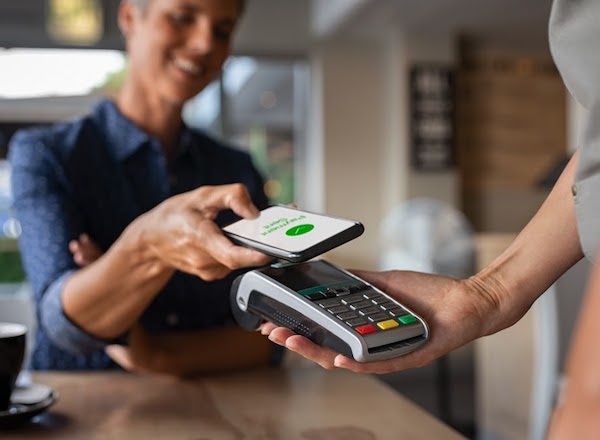Despite the popularity of credit cards and virtual wallets, many consumers still use paper checks—billions of them, in fact, according to the Federal Reserve. While check usage continues to drop around 4% each year, the risk of check fraud remains at an all-time high. Check fraud accounted for 60% of attempted fraud against deposit accounts in 2018, according to a survey released by the American Bankers Association. Successful check fraud accounted for more than $1.3 billion in fraud losses that year.
If your small business still accepts checks, you need to know how to spot a bad check and what to do if you find one. Use the following tips to avoid accepting bad checks that could negatively impact your cash flow.










